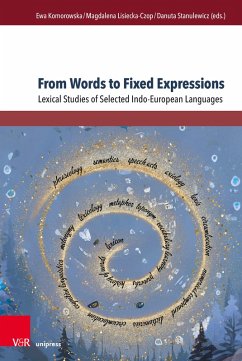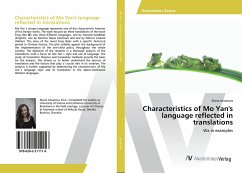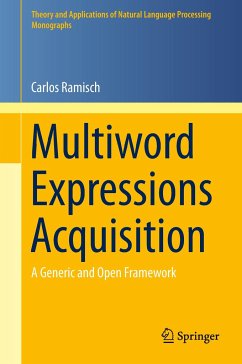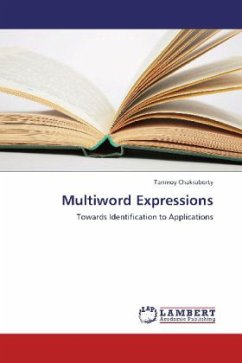
Gender Roles Reflected in Chinese Botanical Fixed Expressions
Analysis from six dimensions
Versandkostenfrei!
Versandfertig in 6-10 Tagen
32,99 €
inkl. MwSt.

PAYBACK Punkte
16 °P sammeln!
In the past few decades, we have witnessed an intellectual movement that metaphor, not only serves as a literal ornament, is a powerful tool to reveal people''s cognitive process and reflect how people think. As a human being, the property of sex is basic to all people. We metaphorically project the human sexual cognition on the animate and inanimate world. In other words, plant names are not only used to indicate plants but also human beings, males and females. For example, yu4 shu4 lin2 feng1 jade-tree-near-wind; a young man with outstanding appearance and talent. Botanical fixed expressions...
In the past few decades, we have witnessed an
intellectual movement that metaphor, not only serves
as a literal ornament, is a powerful tool to reveal
people''s cognitive process and reflect how people
think. As a human being, the property of sex is
basic to all people. We metaphorically project the
human sexual cognition on the animate and inanimate
world. In other words, plant names are not only used
to indicate plants but also human beings, males and
females. For example, yu4 shu4 lin2 feng1 jade-tree-near-wind; a young man with
outstanding appearance and talent. Botanical fixed
expressions (BFEs) are gathered mostly from Academia
Sinica Ancient Chinese Corpus, and Academia Sinica
Balanced Corpus Mandarin Chinese. Six theories are
applied to help examine the data from different
perspectives. Chinese botanical fixed expressions
richly manifest the roles of both sexes and the
expectations and stereotypes given by Chinese
culture.
intellectual movement that metaphor, not only serves
as a literal ornament, is a powerful tool to reveal
people''s cognitive process and reflect how people
think. As a human being, the property of sex is
basic to all people. We metaphorically project the
human sexual cognition on the animate and inanimate
world. In other words, plant names are not only used
to indicate plants but also human beings, males and
females. For example, yu4 shu4 lin2 feng1 jade-tree-near-wind; a young man with
outstanding appearance and talent. Botanical fixed
expressions (BFEs) are gathered mostly from Academia
Sinica Ancient Chinese Corpus, and Academia Sinica
Balanced Corpus Mandarin Chinese. Six theories are
applied to help examine the data from different
perspectives. Chinese botanical fixed expressions
richly manifest the roles of both sexes and the
expectations and stereotypes given by Chinese
culture.












